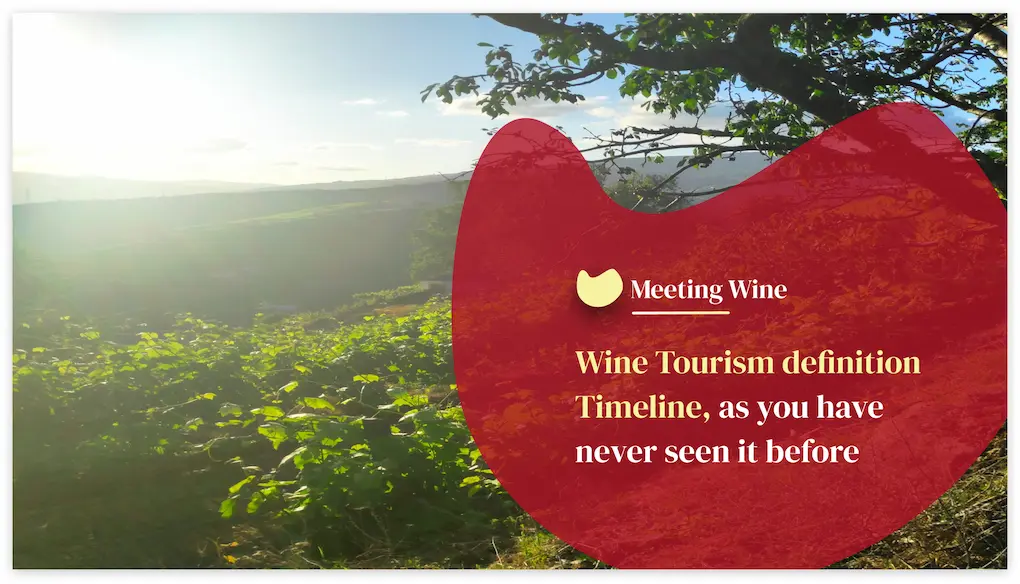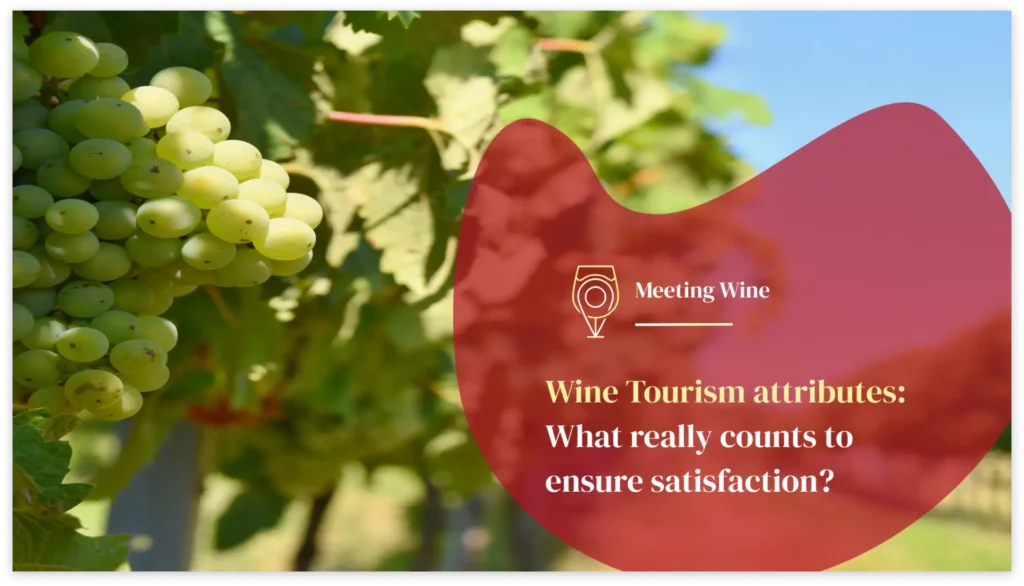Many may think that the wine tourism concept has been existing for a while now. Well, that’s not actually true. Even though the first wine cellar appeared in 4100 BCE, wine tourism itself has only appeared more recently, as a means to mitigate the exceed in production that most winemakers suffered off. It was only until this last century began, that the first specialists have started to observe Enotourism with the right eyes, and have created the first Wine Tourism definition. As something that makes both the producer as well as the consumer happy.
“Wine is not just an object of pleasure, but an object of knowledge; and the pleasure depends on the Knowledge” (Roger Scruton)
Have you ever wondered what really is Wine Tourism, Enotourism, or whatever name you wish to give to this extraordinary activity that we all love? In this short blog post, we will time travel across different years since the first authors explained the therm. The road trip will lead us along the years to understand the evolution of wine tourism, as well as the impact on its popularity.
Open one or two bottles. But you are gonna need some company to make some discoveries with us!
Feeling ready? And, here we go.


Wine Tourism definition timeline

2000
Hall et al
“Visitations to vineyards, wineries, wine festivals and wine shows for which grape wine tasting and/or experiencing the attributes of a grape wine region are the prime motivator for visitors.”
The basic definition focuses on the simple fact that wine tourism is a type of traveL, motivated by wine (taste, get to know, view its production process, or any other).

2004
Mauracher et al
“[…] foreign-exchange earnings, the creation of
both full- and part-time jobs, and the generation of secondary economic activity, wine
tourism is emerging as a lucrative industry sector with the ability to generate substantial long-term wealth and sustain steady tourism growth for these regions.”
Here, wine tourism is perceived as beneficial, not only for winemakers but also entire regions. For example, if recommended by the winemakers, tourists will probably have a tour across the village after the wine visit, drink a coffee, or buy some flowers, which will increase regional profit.
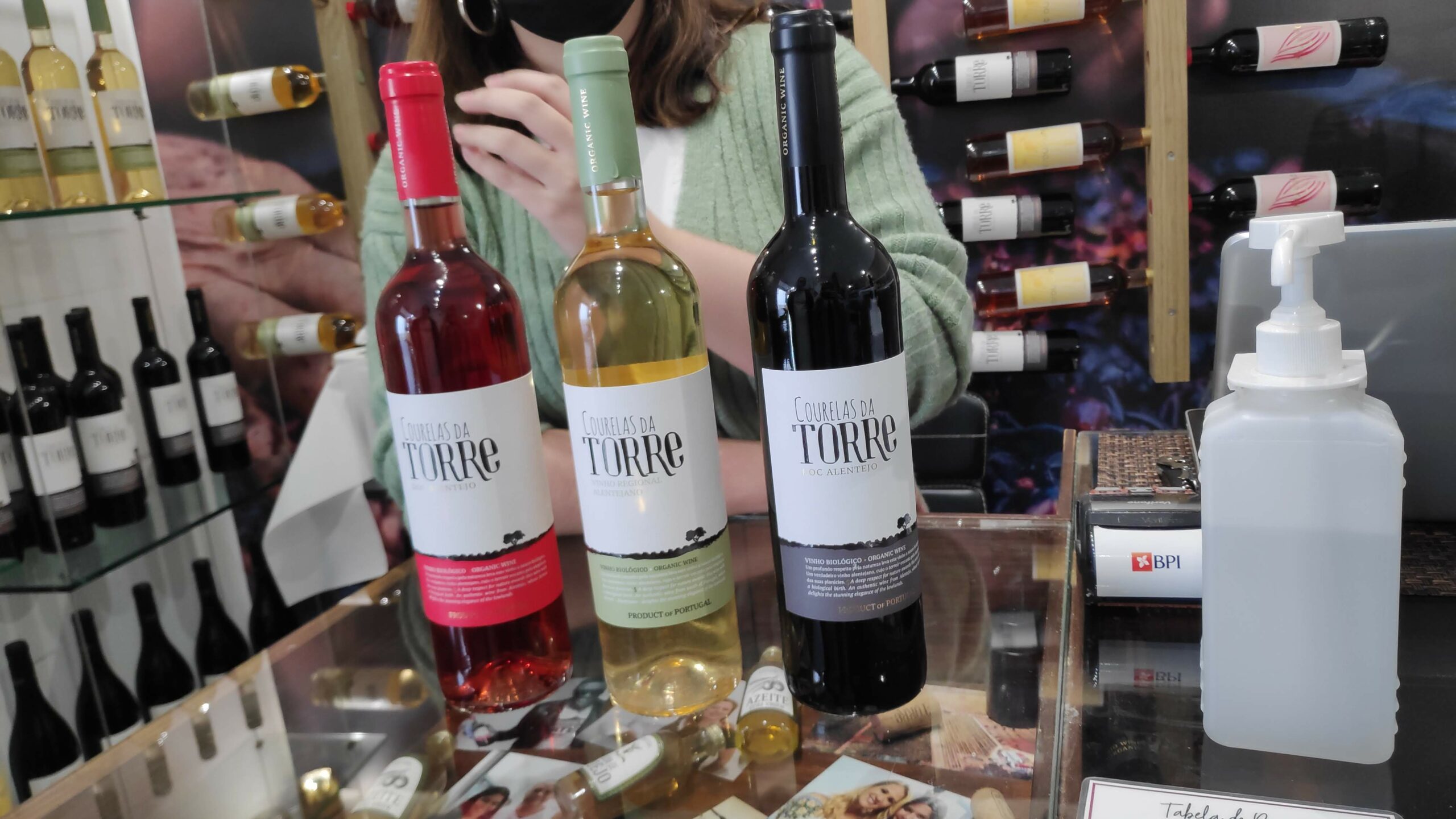
2011
Charters & Medieval
“Wine tourism is currently a key issue for the European wine industry. As wine
production around the world continues to exceed consumption, techniques that develop
brand loyalty and stimulate sales to need to be developed.”
A clear statement is that wine tourism helps producers and regions ensure sustainability, by finding new means of exceeding production and reduce waste.
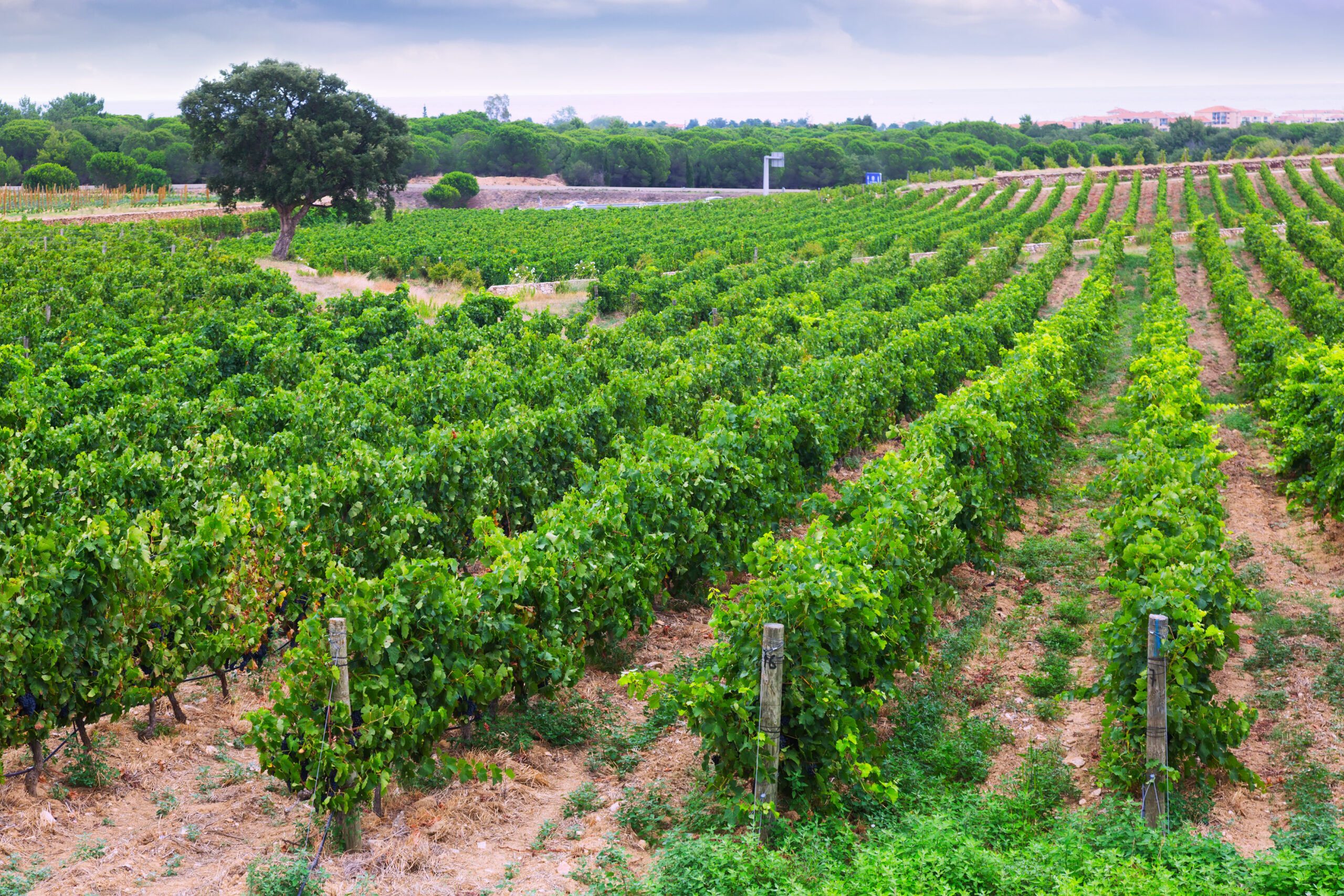
2012
Duan et al
“Existing research reveals that wine tourists look for dining, shopping, and cultural and recreational activities along with authentic (e.g. reflecting local elements, unique events) products and experiences. This suggests the importance of hedonic and experiential consumption theories”
A new view on wine tourism, which not only has an activity but also has an experience that must include 4 realms, in order to be considered fully satisfying by tourists.
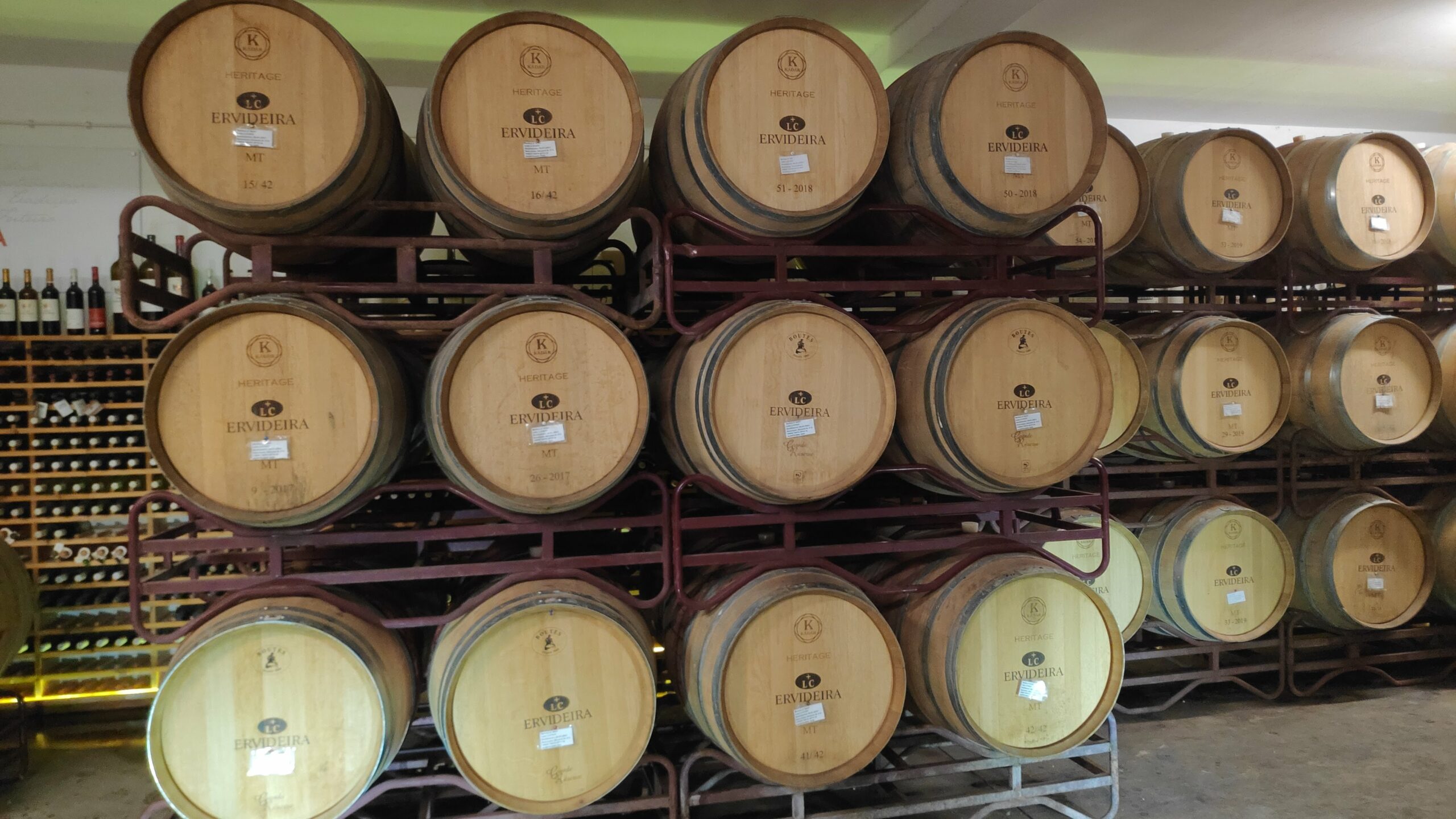
2018
Duan et al
“Wine tourism is the activity that results from dynamic interactions between wine, tourism and the hospitality sector”.”
Recently we have seen the hospitality sector being involved in wine tourism activities, for example, wine spas, wine hotels in which the main theme is wine, and much more initiatives.
First of all, it is important to notice that there are different approaches when defining wine tourism. Obviously, this varies according to the author’s goal and the stakeholder that is mentioned. The approaches may be market-based or product-based. The market focuses on what we can extract from wine tourism, whereas, product-based is based on creating a true experience for wine tourists to have.
Nevertheless, this short review of some definitions has already allowed extracting fundamental changes on the specialist’s mindsets all over the years. In summary:
- 2000: We started with a raw and objective definition on wine tourism that clearly stated what it is – A tourism experience motivated by wine.
- 2004: Some benefits from wine tourism started to appear and specialists have noticed that it can actually e much more than just an actitivy to benefit the winemaker, but also the entire region. That’s why today we call them Wine Region, and not just Regions.
- 2011: After understanding the potential that wine tourism brings to regions, the experience was quickly perceived as a sustainable activitiy.
- 2012: New product based approaches have insurged where 4 realms were created to ensure that tourists have what they deserve when engaging in wine tourism.
- 2018: The hospitality enters the business of wine tourism as an extra possibiity that made the experience even more complete.
In only a few examples, we have seen that wine tourism is growing a lot and in a few amount of time. Whether you call it Wine Tourism, Enotourism, Vinitourism, or something else, this evolution and parallel popularity only shows that even better news is yet to come!
